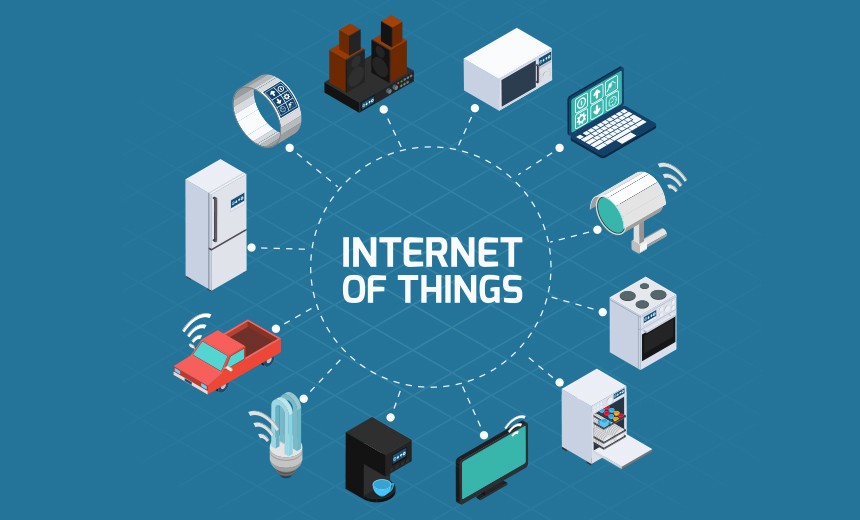San Francisco: A new ultra-low power Wi-Fi radio housed in a chip smaller than a grain of rice can pave the way for batteryless smart devices and more portable, fully wireless smart home setups, suggests new research.
The device developed by electrical engineers at the University of California San Diego in the US enables Internet of Things (IoT) devices to communicate with existing Wi-Fi networks using 5,000 times less power than today’s Wi-Fi radios.
It consumes just 28 microwatts of power, according to the findings scheduled to be presented at the International Solid-State Circuits Conference ISSCC 2020 conference being held from February 16-20 in San Francisco.
And it does so while transmitting data at a rate of 2 megabits per second (a connection fast enough to stream music and most YouTube videos) over a range of up to 21 metres.
“You can connect your phone, your smart devices, even small cameras or various sensors to this chip, and it can directly send data from these devices to a Wi-Fi access point near you. You don’t need to buy anything else. And it could last for years on a single coin cell battery,” said Dinesh Bharadia, Professor at the UC San Diego Jacobs School of Engineering.
Commercial Wi-Fi radios typically consume hundreds of milliwatts to connect IoT devices with Wi-Fi transceivers. As a result, Wi-Fi compatible devices need either large batteries, frequent recharging or other external power sources to run.
“This Wi-Fi radio is low enough power that we can now start thinking about new application spaces where you no longer need to plug IoT devices into the wall. This could unleash smaller, fully wireless IoT setups,” said UC San Diego Professor Patrick Mercier, who co-led the work with Bharadia.
Think of a portable Google Home device that you can take around the house and which can last for years instead of just hours when unplugged.
“It could also allow you to connect devices that are not currently connected – things that cannot meet the power demands of current Wi-Fi radios, like a smoke alarm – and not have a huge burden on battery replacement,” Mercier said.
The Wi-Fi radio runs on extremely low power by transmitting data via a technique called backscattering.
It takes incoming Wi-Fi signals from a nearby device (like a smartphone) or Wi-Fi access point, modifies the signals and encodes its own data onto them, and then reflects the new signals onto a different Wi-Fi channel to another device or access point.
They accomplished this by building in a component called a wake-up receiver. This “wakes up” the Wi-Fi radio only when it needs to communicate with Wi-Fi signals, so it can stay in low-power sleep mode the rest of the time, during which it consumes only 3 microwatts of power.
The University California, San Diego is one of the world’s leading public research universities, located in La Jolla, California.
(IANS)
